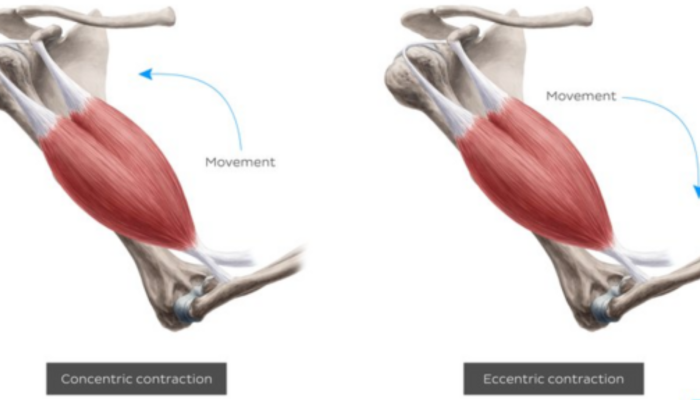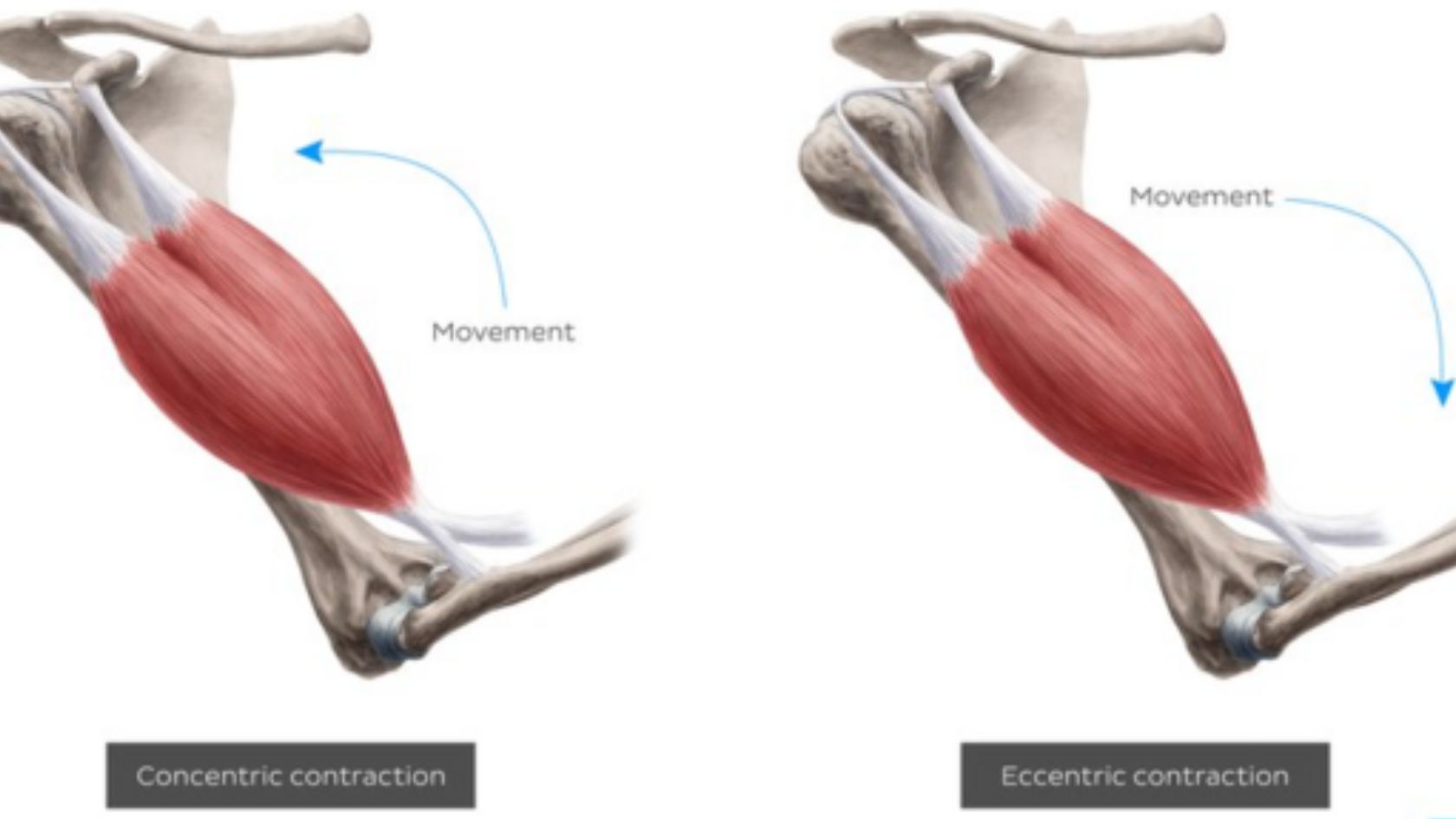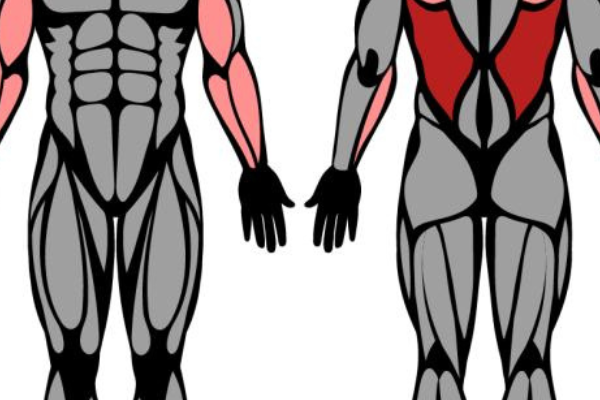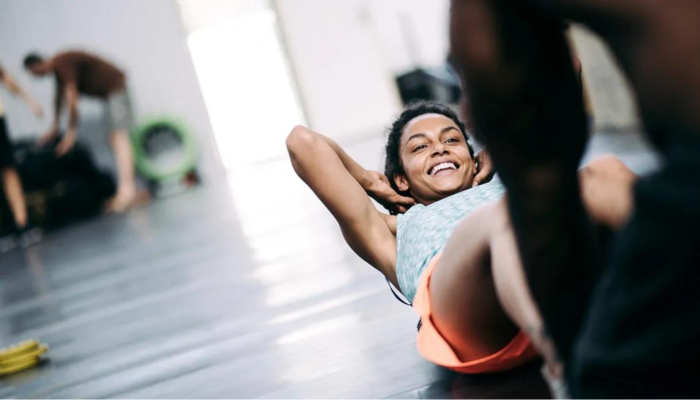
What Causes Muscle Soreness After a Workout?
Muscle soreness after a workout is a common experience for many fitness enthusiasts. This soreness, often referred to as delayed-onset muscle soreness (DOMS), typically arises 12 to 24 hours after exercise, peaking around 24 to 72 hours post-workout. DOMS is caused by microscopic tears in muscle fibers during exercise, particularly from activities that involve eccentric muscle contractions, where muscles lengthen while under tension. This damage triggers an inflammatory response, resulting in pain and stiffness. Understanding the root causes of muscle soreness can help you make informed decisions about whether to continue your workouts despite the discomfort.
What Is Delayed-Onset Muscle Soreness (DOMS)?
Delayed-onset muscle soreness (DOMS) is a phenomenon experienced by individuals engaging in physical activity, especially when the activity is new or more intense than usual. DOMS is characterized by muscle tenderness, stiffness, and a decrease in the range of motion. The exact mechanism behind DOMS is still not fully understood, but it is widely accepted that the soreness results from a combination of muscle damage, inflammation, and the repair processes that follow. While DOMS can be uncomfortable, it is generally a normal response to increased physical activity and indicates that your muscles are adapting to new stresses.
Is It Bad to Work Out When You’re Sore?
Exercising when you’re sore is a topic of much debate. Whether you should workout with sore muscles largely depends on the severity of the soreness and the type of exercise you plan to do. Mild to moderate soreness can often be alleviated with light physical activity, which can increase blood flow to the muscles and aid in recovery. However, intense or prolonged soreness might be a sign that your muscles need more time to recover. Ignoring severe soreness and pushing through it can potentially lead to overtraining and increase the risk of injury. Listening to your body and understanding the difference between soreness and injury is crucial.
Are You Sore, or Are You Injured?
Distinguishing between muscle soreness and injury is essential for preventing further damage. Muscle soreness typically presents as a dull, aching pain that occurs in the muscles used during exercise. This pain is usually bilateral, affecting both sides of the body equally. On the other hand, an injury might present as sharp, localized pain that persists or worsens over time. Injuries can also be accompanied by swelling, bruising, or a reduced range of motion in the affected area. If you suspect an injury, it’s important to rest and seek medical advice before resuming your workouts.
Exercising When Your Body Is Sore
When your body is sore, the type and intensity of exercise you choose can make a significant difference in your recovery process. Incorporating active recovery workouts, trying active recovery classes, and working out alternate muscle groups are effective strategies to stay active without exacerbating soreness.
Active Recovery Workouts
Active recovery workouts involve low-intensity exercises that promote blood flow and facilitate muscle repair without adding additional stress to your body. Activities such as walking, swimming, or light cycling can help alleviate soreness by keeping your muscles engaged and improving circulation. These workouts should be easy enough to avoid further muscle strain while still offering the benefits of movement.
Try Active Recovery Classes
Active recovery classes, such as yoga, Pilates, or tai chi, are structured to help with muscle recovery while promoting flexibility, balance, and relaxation. These classes typically involve gentle movements and stretches that can reduce muscle tension and enhance your overall sense of well-being. Participating in these classes can also provide a mental break from more intense workout routines, contributing to a holistic approach to fitness.
Working Out Alternate Muscle Groups
If certain muscles are too sore to work out, consider focusing on different muscle groups that aren’t affected. This approach allows you to maintain your exercise routine without overloading sore muscles. For instance, if your legs are sore from a previous workout, you can switch to upper body exercises such as push-ups, pull-ups, or shoulder presses. This strategy ensures that you continue to build strength and endurance while giving sore muscles the time they need to recover.
The 4 Best Ways to Relieve Sore Muscles
Relieving sore muscles effectively involves a combination of active recovery, foam rolling or massage, stretching, and rest. These methods can help reduce discomfort and speed up the recovery process, allowing you to return to your regular workout routine more quickly.
Active Recovery
As mentioned earlier, active recovery is one of the best ways to alleviate muscle soreness. Engaging in low-intensity activities that keep your body moving can help reduce stiffness and improve blood flow to the affected muscles. This increased circulation aids in the removal of waste products such as lactic acid and supports the delivery of oxygen and nutrients necessary for muscle repair.
Foam Roll or Massage Your Aching Muscles
Foam rolling and massage are effective techniques for relieving muscle soreness and tightness. Foam rolling, also known as self-myofascial release, involves using a cylindrical foam roller to apply pressure to sore muscles. This process can help break up adhesions or knots in the muscle tissue, improving flexibility and reducing pain. Similarly, professional massages can target specific areas of tension, promoting relaxation and enhancing muscle recovery.
Stretch or Dynamic Stretch
Stretching, whether static or dynamic, can play a crucial role in relieving muscle soreness. Static stretching involves holding a stretch for an extended period, which can help lengthen and relax tight muscles. Dynamic stretching, on the other hand, incorporates controlled, gentle movements that increase the range of motion and prepare the muscles for activity. Both types of stretching can help alleviate soreness and improve flexibility, making them valuable components of a recovery routine.
Rest When You’re Tired
Rest is an essential aspect of muscle recovery. Giving your body adequate time to rest and recover is crucial for repairing damaged muscle fibers and reducing soreness. While staying active is important, it’s equally vital to listen to your body and recognize when it needs a break. Ensuring you get enough sleep, maintaining a balanced diet, and staying hydrated are all important factors in supporting muscle recovery and overall health.
Conclusion
Deciding whether to skip your workout when your muscles are sore involves understanding the nature of your soreness, distinguishing it from injury, and choosing appropriate recovery methods. By incorporating active recovery workouts, trying active recovery classes, working out alternate muscle groups, and employing effective muscle relief techniques, you can maintain your fitness routine while allowing your muscles the necessary time to heal and strengthen. Remember, listening to your body and prioritizing recovery is key to achieving long-term fitness success.
This article provides comprehensive insights into whether you should work out when experiencing muscle soreness, focusing on understanding muscle soreness, distinguishing between soreness and injury, and employing effective recovery strategies. Incorporating these tips can help you maintain an active lifestyle while ensuring your muscles have the time they need to recover and adapt.
Tips for Preventing Muscle Soreness
While muscle soreness is a natural part of the workout process, there are several strategies you can employ to minimize its intensity and frequency. Implementing these tips can help you prevent excessive soreness and keep you on track with your fitness goals.
Gradual Progression
One of the most effective ways to prevent muscle soreness is to gradually increase the intensity and duration of your workouts. Sudden changes in your exercise routine, such as increasing the weight or volume significantly, can lead to more severe muscle soreness. By slowly progressing your workouts, you allow your muscles to adapt and grow stronger over time, reducing the likelihood of experiencing intense DOMS.
Proper Warm-Up
A proper warm-up is crucial for preparing your muscles for the demands of your workout. Engaging in light cardiovascular activity, such as jogging or cycling, followed by dynamic stretching can increase blood flow to your muscles and improve their elasticity. This preparation helps reduce the risk of injury and muscle soreness by ensuring your muscles are ready for the workout ahead.
Adequate Hydration
Staying hydrated is essential for muscle function and recovery. Dehydration can exacerbate muscle soreness and impair your body’s ability to repair and grow muscle tissue. Ensure you drink plenty of water before, during, and after your workouts to support optimal muscle recovery and reduce the severity of DOMS.
Balanced Nutrition
Consuming a balanced diet that includes adequate protein, carbohydrates, and healthy fats is vital for muscle recovery and growth. Protein is particularly important for repairing and building muscle tissue, while carbohydrates replenish glycogen stores depleted during exercise. Incorporating nutrient-rich foods into your diet can help your muscles recover more efficiently and minimize soreness.
Cool Down and Stretch
A proper cool-down routine can help prevent muscle stiffness and soreness. After your workout, engage in light activity, such as walking or slow jogging, followed by static stretching. This practice helps gradually lower your heart rate, improve flexibility, and facilitate the removal of metabolic waste products from your muscles, reducing the risk of DOMS.
When to Seek Professional Help
While muscle soreness is generally a normal part of the workout process, there are times when it’s important to seek professional help. Understanding when to consult a healthcare provider can prevent minor issues from becoming more serious.
Persistent or Severe Pain
If you experience persistent or severe pain that doesn’t improve with rest and self-care, it may be indicative of an injury rather than typical muscle soreness. Symptoms such as sharp, stabbing pain, swelling, or bruising warrant a visit to a healthcare professional for a proper diagnosis and treatment plan.
Limited Range of Motion
A significant reduction in your range of motion that doesn’t improve over time can be a sign of a more serious issue. If you find it difficult to move a joint or muscle through its normal range of motion, it’s important to seek medical advice to determine the underlying cause and prevent further complications.
Joint Pain
Pain that is localized to a joint rather than a muscle can indicate a potential injury or underlying condition. Joint pain should not be ignored, especially if it’s accompanied by swelling, redness, or warmth. Consulting a healthcare provider can help identify the cause and provide appropriate treatment to prevent long-term damage.
Lack of Improvement
If your muscle soreness doesn’t improve with typical recovery methods such as rest, hydration, and gentle movement, it’s important to seek professional guidance. Persistent soreness that interferes with your daily activities or workout routine may require a more thorough evaluation to rule out any underlying conditions.
If you have any questions for us, you can see more at: heathcarenow, Youtube, Twitter(X),…
See more of our other articles: What is Jaw Pain ?, Catabolism vs. Anabolism: What’s the Difference?, Tennis Ball Massage for Myofascial Trigger Points





